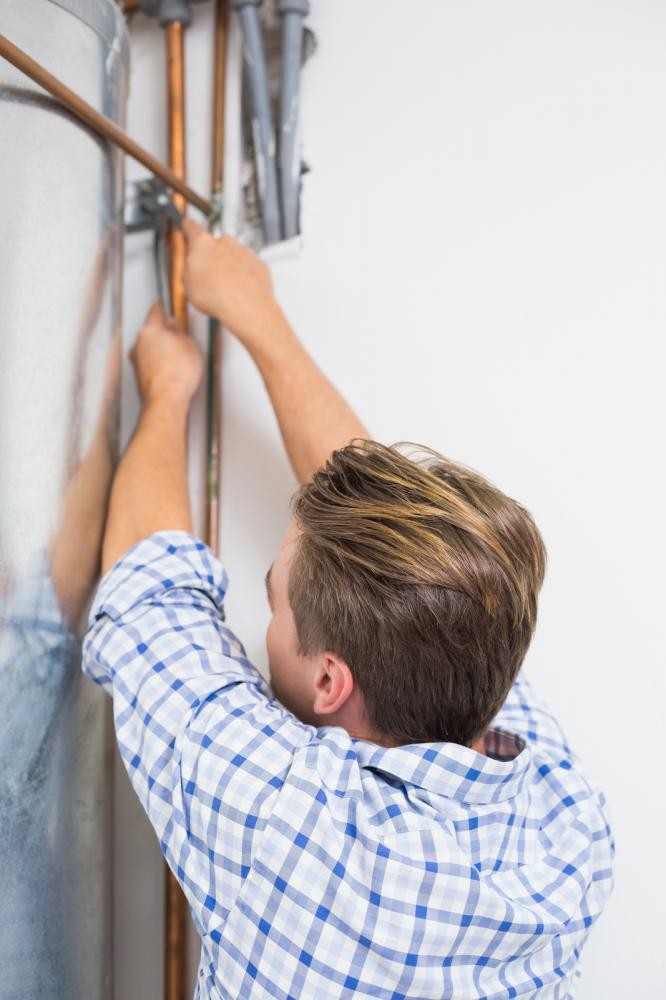Now that winter is almost around the corner; it’s a great time to get your water heater maintained and inspected. It’s a more financially feasible option than replacing the heater altogether. Here are a few tips to help you keep up with your water heater upkeep without breaking a bank.
Check the TPR valve
The TPR’s valve’s main job is to open up if too much pressure builds up inside. It’s a safety device that automatically releases water every time the temperature or the pressure inside the tank exceeds the safe values.
Checking the TPR valve for safety is easy. Turn off both the power button and the cold water valve. Place a container under the pie that is directly connected to the TPR valve. This could be both at the side of the top of the tank. Lift the valve’s tab upward and release some water.
After this, let go of the tab. If the water continues to flow even after you’ve removed the valve tab, you need to drain the tank partway and unscrew the old valve using a pipe wrench. Get your local plumber to install a new valve.
Wash out sediment deposits
Over the years, sediment deposits can harden and solidify inside the tank. This can take a toll on the water heater’s efficiency and structural integrity. As a result, the tank will run out of hot water quickly, the water will appear rusty, and you may hear cracks in the tank.

To get rid of the sediment, you need to first drain the water and empty the tank. To stir up and loosen the sediment deposit, open up the cold water supply valve and get the water to drain through the tank. Repeat the process multiple times till you see completely clean water exiting the hose. Once you’re done, close the drain cock and refill the tank. It’s now safe for you to turn the power back on.
Adjust the temperature
You need to revisit the temperature settings, especially when you plan to head out of the home for three days to more. Use a flathead screwdriver to adjust the dial to 120 degrees. You’d easily find the temperature dial on the side of the tank. For every ten degrees reduction in the temperature, you get to save up to 5% in your bills! If you’re heading out, set it down to the lowest possible settings.
Other than that, setting the temperature to 120 degrees also prevents scalding, reduces the risk of burns, and prevents excess heat damage.
Water bills can significantly rise in winters due to water heater usage. We recommend getting in touch with a reliable plumber to make sure that your heater is in optimum condition. If you’re based in Fort Worth, Pro Serve Plumbing is your best bet! Get in touch to learn more about their water heater repair services.

